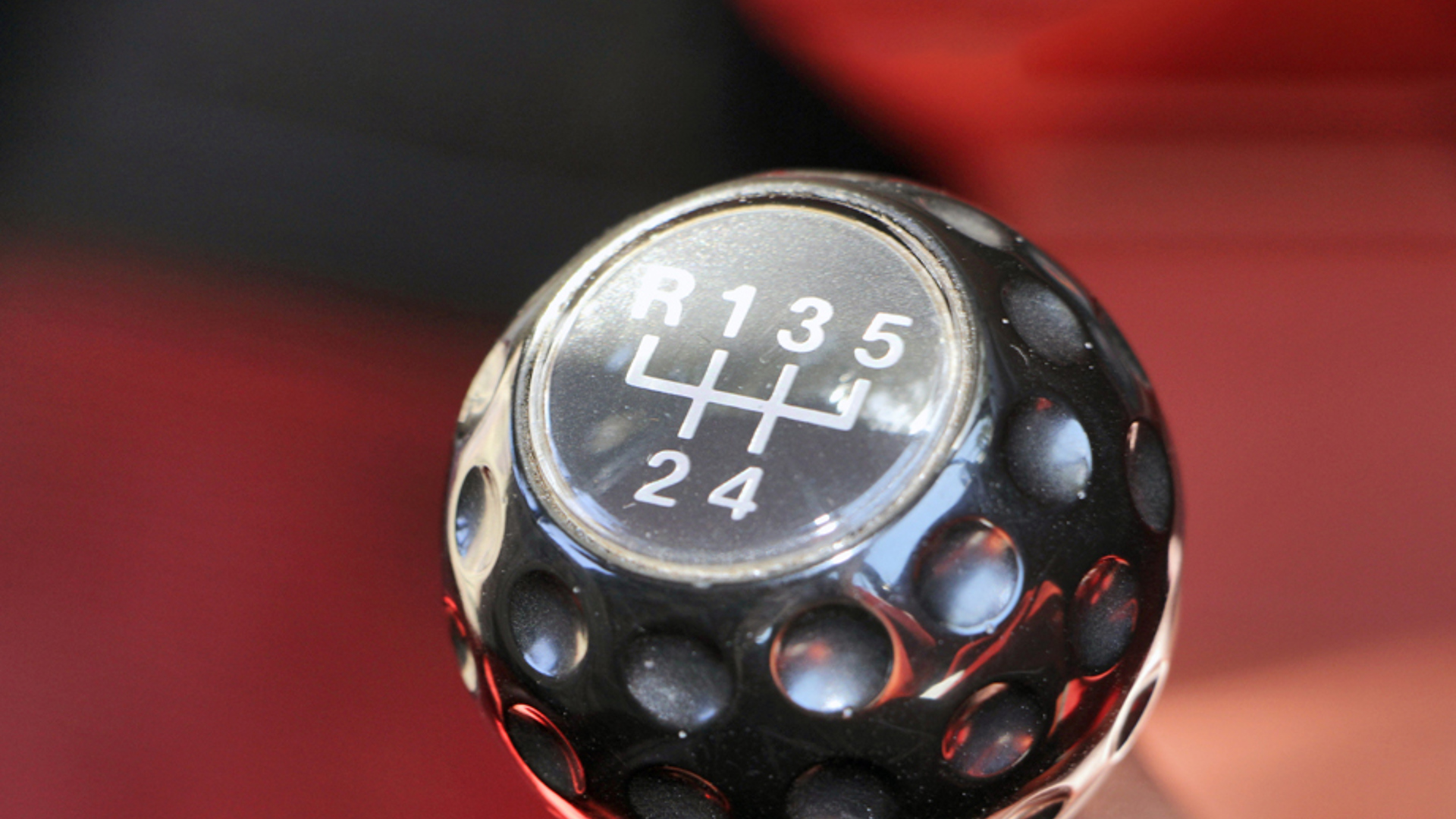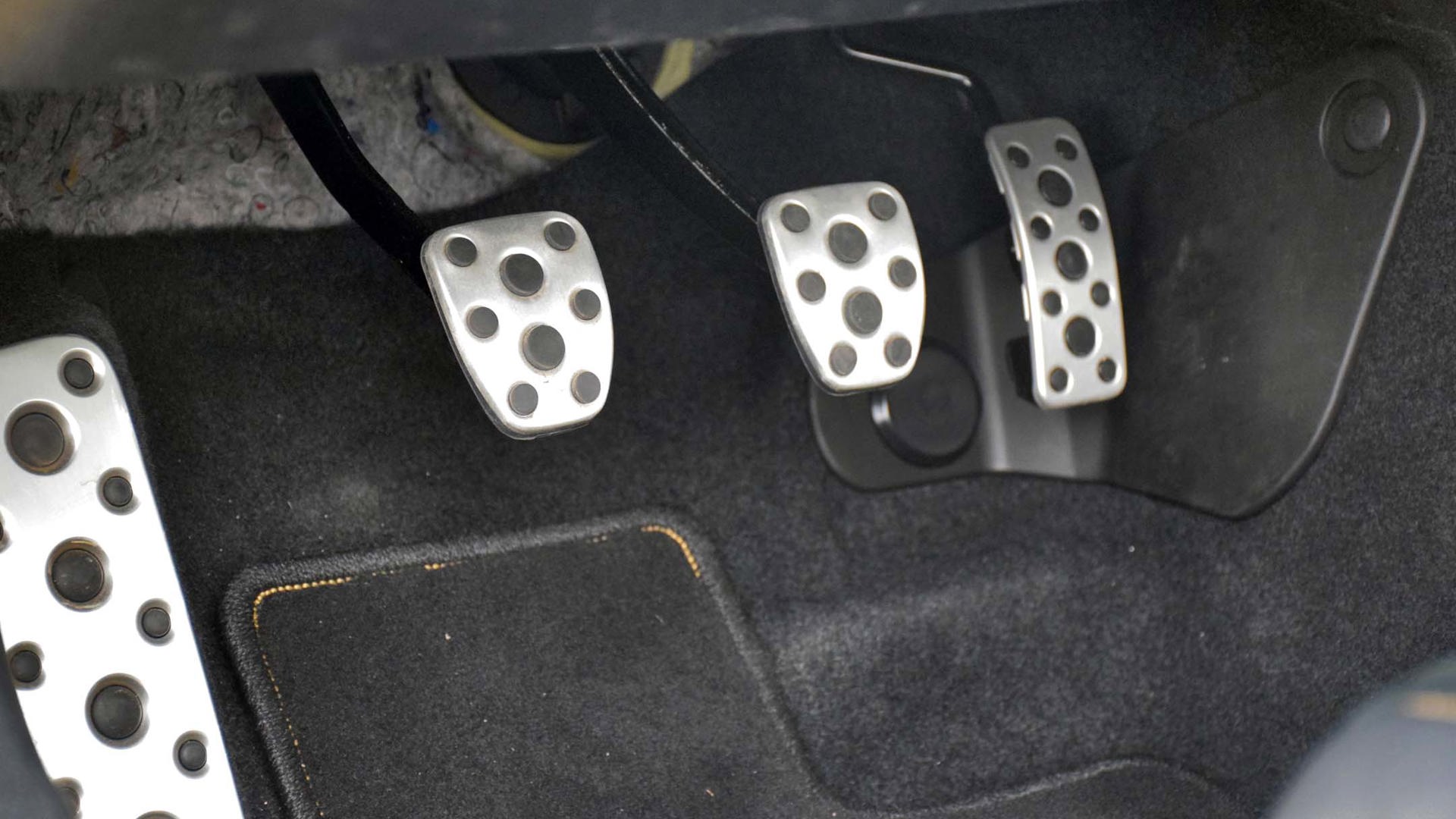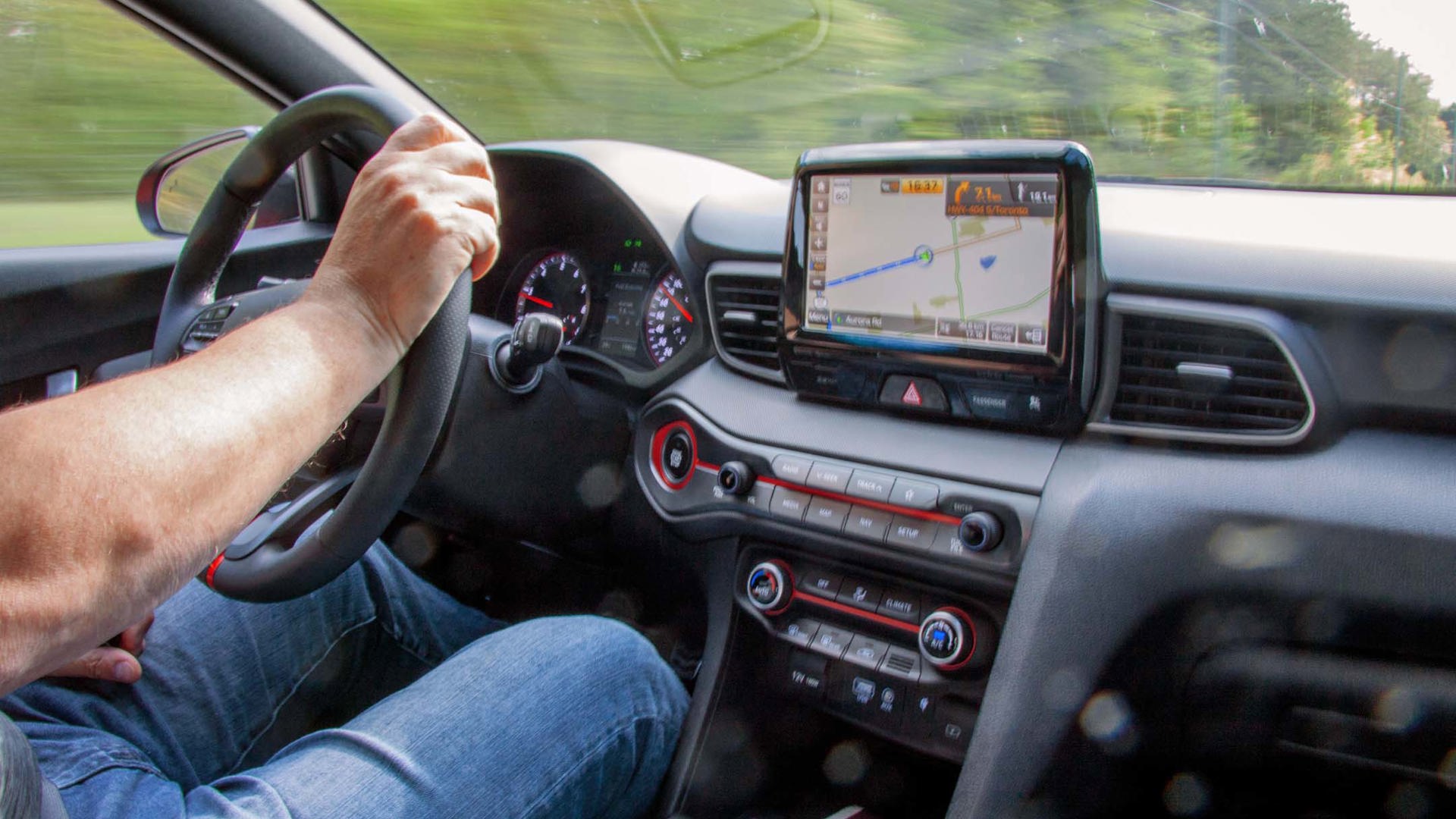If you have a car with a manual transmission, then you are a champion, a connoisseur of a dying form of motoring, and an exceptional human being whom we would like to buy a coffee.
Chances are, you’re pretty good at driving a manual transmission, too – and if that’s the case, you can stop reading now because this article is not for you.
If, however, you suck at driving with a manual transmission and can’t seem to figure out what to do about it, then you’ve come to the right place.
Feel free to send this article to any friends and family who could benefit from the following tips, tricks, and exercises.
Each tip intends to help improve your form, smoothness, and enjoyment of that manual transmission with little time and effort.
Stall on Purpose
This is where I always start when teaching novices how to drive with a manual transmission – I make them stall the car on purpose several times to show them that stalling the car is not a big deal.
Do this by setting the parking brake, placing the car in first gear, and releasing the clutch as quickly as possible.
Stalling isn’t that scary – and doing it on purpose can help program the driver’s brain to be less horrified to make this common mistake. After all, being horrified makes you tense, and being tense makes it harder to work controls (like the shifter and clutch) smoothly.
Being nervous about stalling is also a leading cause of over-revving the engine when it’s time to get the car moving from rest – and this causes a rough ride, a jerky start, and accelerated clutch and engine wear.
It might not seem to be an obvious connection, but give it a try. Go to your car and stall it. Then, stall it again. Nothing bad will happen and, hopefully, you’ll be less scared, less tense, and much smoother in quick order.
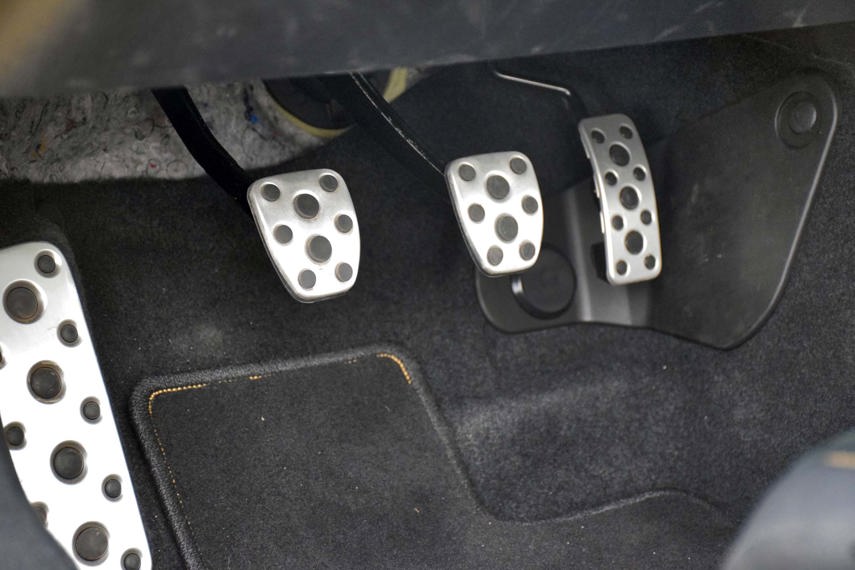
Friction Point Exercises
Friction point exercises are the second thing I teach anybody when teaching them how to drive a stick. Turns out, plenty of self-taught drivers never do these exercises, which might present an opportunity to drastically improve and smooth out their performance when it’s time to get the vehicle rolling.
Friction point exercises form the foundation of getting to know your clutch.
So, to improve your skills with the stick, consider this: Next time you’ve got nowhere to go and nothing to do, go to your car, start the engine, and place it in first gear. Leaving your right foot on the floor (don’t you dare touch that gas pedal yet!), use your left foot to press the clutch down, then engage first gear, and then release the clutch pedal as slowly as physically possible. It should take 7 to 10 seconds or more to fully release it.
At some point along the way, you’ll feel something happen: the engine will lug slightly and the car will try to creep forward. The point where this happens is often referred to as the “friction point,” and results from the clutch making initial contact with the engine flywheel, therefore sending power to the wheels.
The moment you detect the friction point, simply press the clutch back to the floor. Repeat the exercise. Then, do it again.
Next, try the exercise again, this time, revving the engine slightly (to about 1,200 rpm) in the process as you very slowly release the clutch. Note the difference in the way the vehicle responds.
And, as above, simply press the clutch to the floor when the vehicle does respond, then, repeat.
This whole process will only cause your car to move a few feet, but you’ll get a great feel for the precise way to release the clutch pedal smoothly, and you’ll program some muscle memory into your foot and leg as a result.
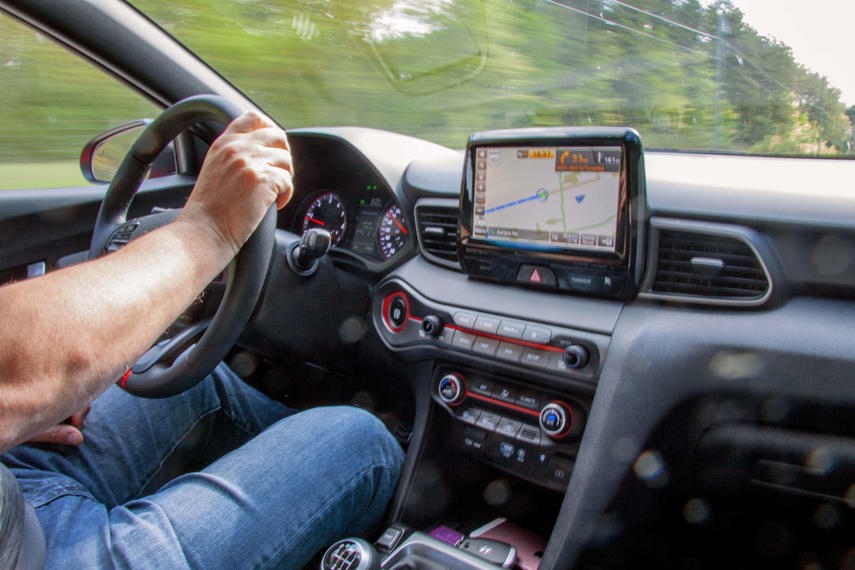
Understand This Concept
The clutch pedal is not a two-position device, like, say, an on/off switch. Failing to understand this drastically complicated my ability to learn the manual transmission many years ago, and likely resulted in plenty of undue wear to the clutch in my dad’s old Civic.
The clutch has a wide range of positions available between the top and bottom of the pedal. Like the gas and brakes, you can press the clutch pedal slowly and lightly, vigorously and deeply, or anything in between.
I’ve encountered numerous first-time manual transmission drivers who weren’t aware of this, and whose skills improved drastically and quickly once they were.
Here’s why: When you watch someone operate a manual transmission from the passenger seat, you’re only seeing part of the story, that is, their left leg performing big up-and-down movements. What you don’t see is the much smaller and more subtle movements that take place at the foot/ankle hinge.
These small and subtle movements are vital to smoothness and success at driving the stick.
Put another way, as a youngster who obsessively watched people drive manual transmissions for years, my observations of the driver’s left leg led me to believe that the clutch was simply a two-position pedal whose only function was to “unlock” the shifter so it could be moved.
It sounds silly, but an informal poll of friends and family reveal that this is fairly common.
Understanding that the clutch has more than two positions is the single best tip I never ever got. Think of it like a dimmer switch, not a conventional light switch. You can use a little bit of it or a lot of it, and press that pedal as quickly or slowly as you need.
Teaching this concept to novices has consistently made the single biggest improvement to confidence and smoothness I’ve ever seen. Maybe, it’ll help you, too.
